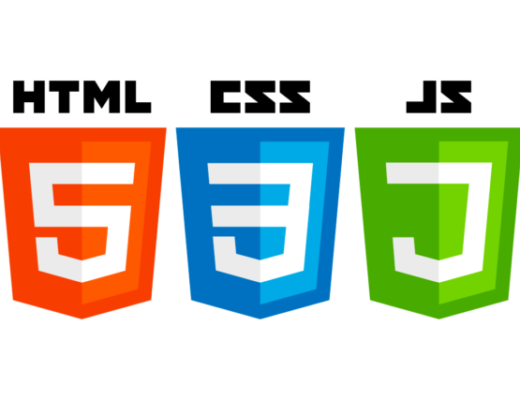
The total Web Development process includes diverse but related activities, such as, Web Design, Web Content Development, Scripting (both Server-side and Client-side), along with Network Privacy and Security Considerations. Front End Web Development is the Client-side Scripting Development that involves the use of certain programming languages to script and create a Website/Application for direct interaction between the Server and the User. This means that the data is converted to a graphical interface through programming languages which allow the Users to view and interact directly with the Data. Programming languages commonly used for Front End Web Development are HTML, CSS and JavaScript. These languages allow the User to see and interact directly with the Front End. Would-be Web Developers are keen to know what constitutes – Best Languages To Know For Front End Web Development.
Development Languages
The main Front End languages in use today are HTML, CSSand JavaScript. Others in current use include VBScript and Ajax. One however needs to update his/her technical skills and in-depth knowledge at all times, to be accepted as a high quality professional Front End Programmer. On the basis of the above mentioned three main Languages, the modern tools are ‘jQuery’, ‘AngularJS’ and ‘Nodejs’, among several others under development. These three main languages form the basis of all that the User sees and interacts with, at the Front End of a website, and which are controlled by the User’s computer browser. Some of these include tools like – Fonts, Buttons, Sliders, Drop-down Menus and Contact Forms.
Best Languages
Let us now consider the three main languages for Web Development, as follows:
- HTML: This is recursive acronym of the name of this language, Hyper Text Markup Language, and is basically the backbone of the entire Website Development process. It is this Code that provides an overall framework of how a site will look. The latest version of HTML is known as HTML5. This provides the most efficient way of handling diverse elements like video and audio files.
- CSS: Cascading Style Sheets or CSS describes the display portion of HTML elements on screen, paper or in other media. CSS has a unique ability of controlling the layout of multiple Web Pages simultaneously. External Style Sheets can also be stored in CSS files. It describes the presentation of Fonts, Layout, Colors and Web Pages. The Programmer can settle in the presentation to diverse devices or screens or printers. Interestingly, CSS is quite independent of HTML and can be used with any XHTML-based Markup Language. The three types of CSS are – Inline CSS, Internal CSS and External CSS. CSS allows the parting of Document content, which may be written in Markup Language or HTML. The term ‘Cascading’ is used to describe the fall from one Style Sheet to another. Separate Style Sheets associated with this activity are the Browser’s Style Sheet, the User’s Style Sheet and so on. CSS was first proposed by Hakon Wium Lie at CERN, Switzerland, in October 10 1994, while working with Tim Berners-Lee. While CSS Color Property is used for text colors, HTML Style and Link Elements are respectively used for Inline, Internal, and External CSS Files. CSS3 is the latest version of CSS, which brings in a lot of new features like – Rounded Corner, Animations and Transitions, etc, with Multi-column, Grid Layouts or Flexible Box.
- JavaScript: JS or JavaScript is an interpretive just-in-time compiled programming language, which is also very light-weight and also has first class functions. JS is the most popular Scripting Language for Web Pages, but also has many non-browsing environmental uses, such as Adobe Acrobat. JS is a Front End Web Development Language which can be used for creating Web Pages, where it acts in a Stand-alone Mode developed in Netscape. It is used particularly when a Web Page needs to be developed as dynamic and to add special effects on pages like Roll Over and Roll Out.
One modern variation on JS is AJAX, abbreviates to “Asynchronous JavaScript and XML”, which can be used for creating fast and dynamic web pages. It further allows updating of the different web pages, without having to reload the entire page, making it a powerful addition to the list of the Best Languages To Know For Front End Web Development.… Read The Rest